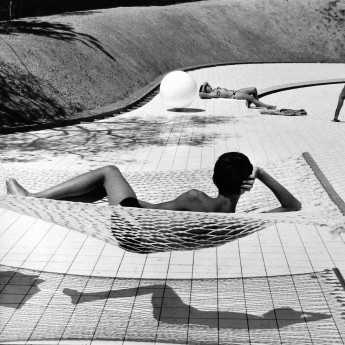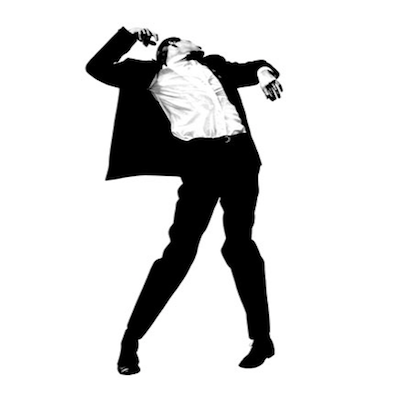
Details
Artist
Styles
// El País by Dan Perjovschi is a 2007 limited edition lithograph that merges drawing with printed text to create a visually striking commentary on media, society, and politics. Perjovschi’s bold black linework overlays a Spanish newspaper page, featuring spontaneous, almost childlike sketches and symbols. These abstract forms appear to mock or question the surrounding text, which discusses themes of freedom and power. His minimalistic, humorous doodles serve as a critique of contemporary issues, using simple imagery to challenge and subvert the serious tone of the newsprint beneath. Measuring 41 cm by 29 cm, this piece reflects Perjovschi’s distinctive approach to social commentary, making complex ideas accessible through visual irony and satire.
El País, 2007
form
Medium
Size
41 x 29 cm
- Inches
- Centimeters
Edition
Price
- USD
- EUR
- GBP
Details
Artist
Styles
// El País by Dan Perjovschi is a 2007 limited edition lithograph that merges drawing with printed text to create a visually striking commentary on media, society, and politics. Perjovschi’s bold black linework overlays a Spanish newspaper page, featuring spontaneous, almost childlike sketches and symbols. These abstract forms appear to mock or question the surrounding text, which discusses themes of freedom and power. His minimalistic, humorous doodles serve as a critique of contemporary issues, using simple imagery to challenge and subvert the serious tone of the newsprint beneath. Measuring 41 cm by 29 cm, this piece reflects Perjovschi’s distinctive approach to social commentary, making complex ideas accessible through visual irony and satire.
What is Performance Art?
Performance Art is a genre of fine art that is traditionally interdisciplinary, involving various art forms. It can be scripted or unscripted, random or carefully orchestrated, spontaneous, or meticulously planned, with or without audience participation. Performance Art can be presented live or through media, with the artist either present or absent. It typically involves four basic elements: space, the performer’s body or presence through a medium, time, and the relationship between performer and audience. The artwork consists of actions performed by an individual or group in a specific time and space.











